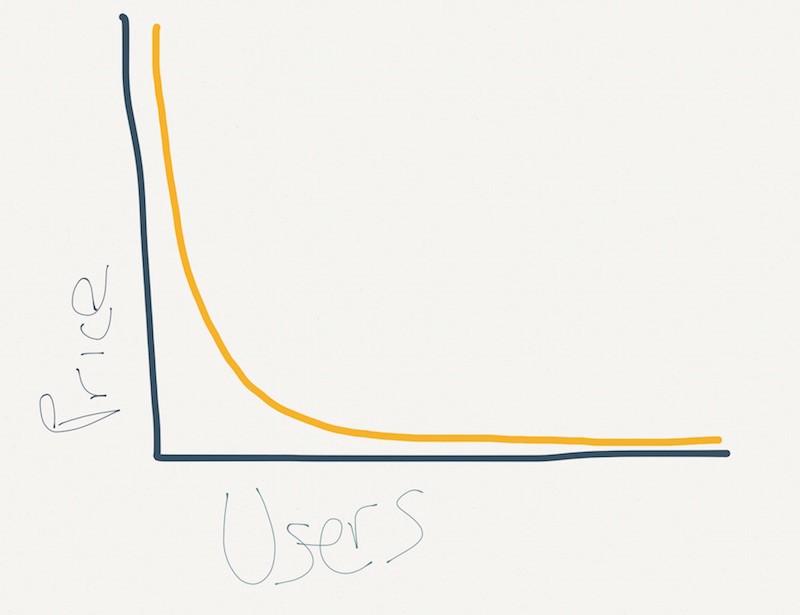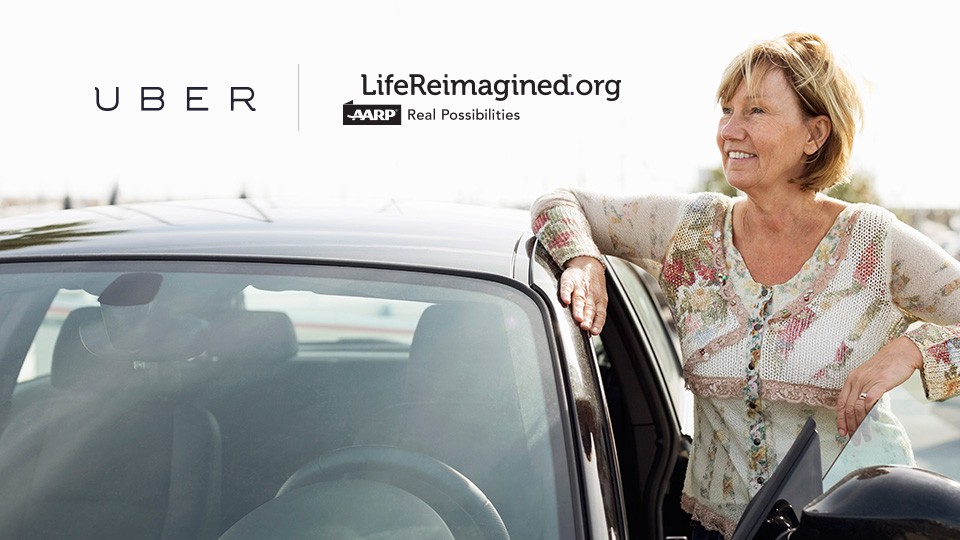The Uber Job Fair

In New York City, where Uber just cut fares by fifteen percent, hundreds of drivers planned to go on strike today and demonstrate in front of the company’s Long Island City office, because they bear the up-front cost of such fare cuts. Uber, which argues that lower prices mean that drivers will ultimately make more money by ferrying more riders per hour, “believes in price cuts when demand slows down,” as one regional manager told Bloomberg when the company cut prices in eighty cities earlier this month.
Uber driver on strike in Long Island city New York @BCakaTheMan @chi1cabby pic.twitter.com/EGoQ0edZsO
— delaluxe (@delaluxe1) February 1, 2016
The interests of Uber and its drivers are not necessarily at cross-purposes here, but one of the ways that they are perpetually misaligned is that it is almost always in Uber’s interest to have largest possible supply of drivers, relative to user demand, at the lowest possible cost. Conversely, for drivers, the fewer of them on the road, the better, at least individually: It means there’s less competition for passengers, and if there’s few enough drivers that surge pricing is in effect, it also means higher wages. (There is a floor on this, though: There needs to be enough drivers in the network that riders can be reasonably assured that they will always get a ride for a price they’re willing to pay, otherwise they’ll choose another service or, like, find another way home, and then Uber and its drivers both lose.) Incidentally, this is why it’s difficult for a strike, unless it’s especially uniform, to impact Uber too drastically; further, the elegance of surge pricing as a mechanism extends to its ability to neutralize a strike by silently and efficiently enticing scabs to drive for higher fares.

Anyway, while every company is generally incentivized to minimize costs, startups like Uber face a somewhat unique demand from their investors: the expectation of growing their userbase to a sufficient size to approach something like monopoly status, as quickly as possible, which essentially requires making their services free, or close to it. The virtuous cycle is the path from luxury service to indispensable utility: The cheaper Uber is, the more users it can sign up, and the more users it can sign up, the cheaper it can become, until it approaches ubiquity. So, as demand grows, Uber’s need for drivers is basically inexhaustible.
One of the unique things about New York City, and a handful of other areas with strong taxi systems or other professionalized driving markets, is that there is a large pool of existing drivers — or at least people who’ve thought about driving for work — from which Uber can potentially draw. In other, smaller cities, however, Uber must recruit more heavily from a pool of people who have never driven professionally, or even thought about it. In such markets, Uber has focussed its recruitment efforts in the last couple of years on old people, teachers, veterans, and, most recently,
laid-off Walmart employees (sorry, people “affected by last week’s store closures at Walmart”).
In other words, Uber seems to be specifically recruiting people who have been essentially failed by institutions, mostly public but also private: Older people who are too young to retire but can’t find another job, or whose retirement benefits are not enough to live on or pay for medical care, for any of a million possible reasons; teachers who can’t afford to not work a second job during the summer; veterans who have trouble transitioning to post-military careers because of insufficient support from the government; and employees left behind by America’s largest employer — though maybe Uber should target even Walmart employees who still have a job. (It is also maybe worth remarking upon that these are overwhelmingly white labor pools — reflecting, perhaps, the character of the markets where Uber most needs drivers.)

What’s most remarkable though is that even as Uber provides a legitimate salve for many of these people, its interests do not merely diverge from theirs after the point which it needs their labor to grow, but with nearly complete and utter transparency, it is working toward completely eliminating them in a matter of years. It will inevitably become another institution that fails them.
@danprimack fair enough… driverless in 2030 FTW… 🙂 /@MikeIsaac
— travis kalanick (@travisk) February 7, 2015
Of course, Uber has little choice in the matter: The utopic vision it is now pushing, where no one owns cars because nearly everyone is taken everywhere in efficient, omnisciently networked conveyances that arrive silently and immediately and practically — but not quite — for free, is only possible without human drivers in the mix. And it’s really hard to argue that we won’t be better off whenever that day arrives! But hopefully by then Paul Graham will have figured out how to pay everyone not to revolt — maybe basic incomes can surge whenever the demand to eat Paul Graham is at its highest.
